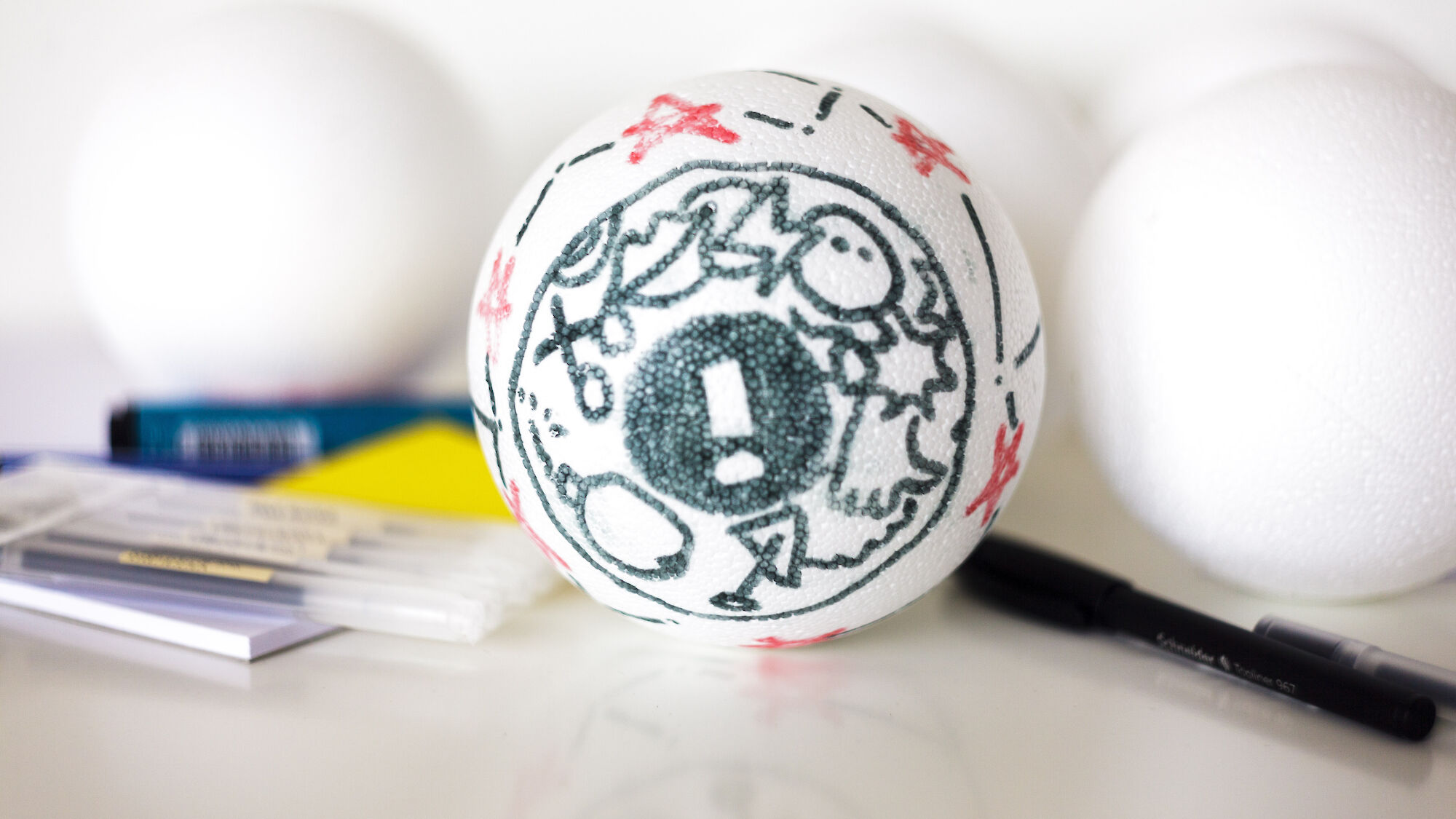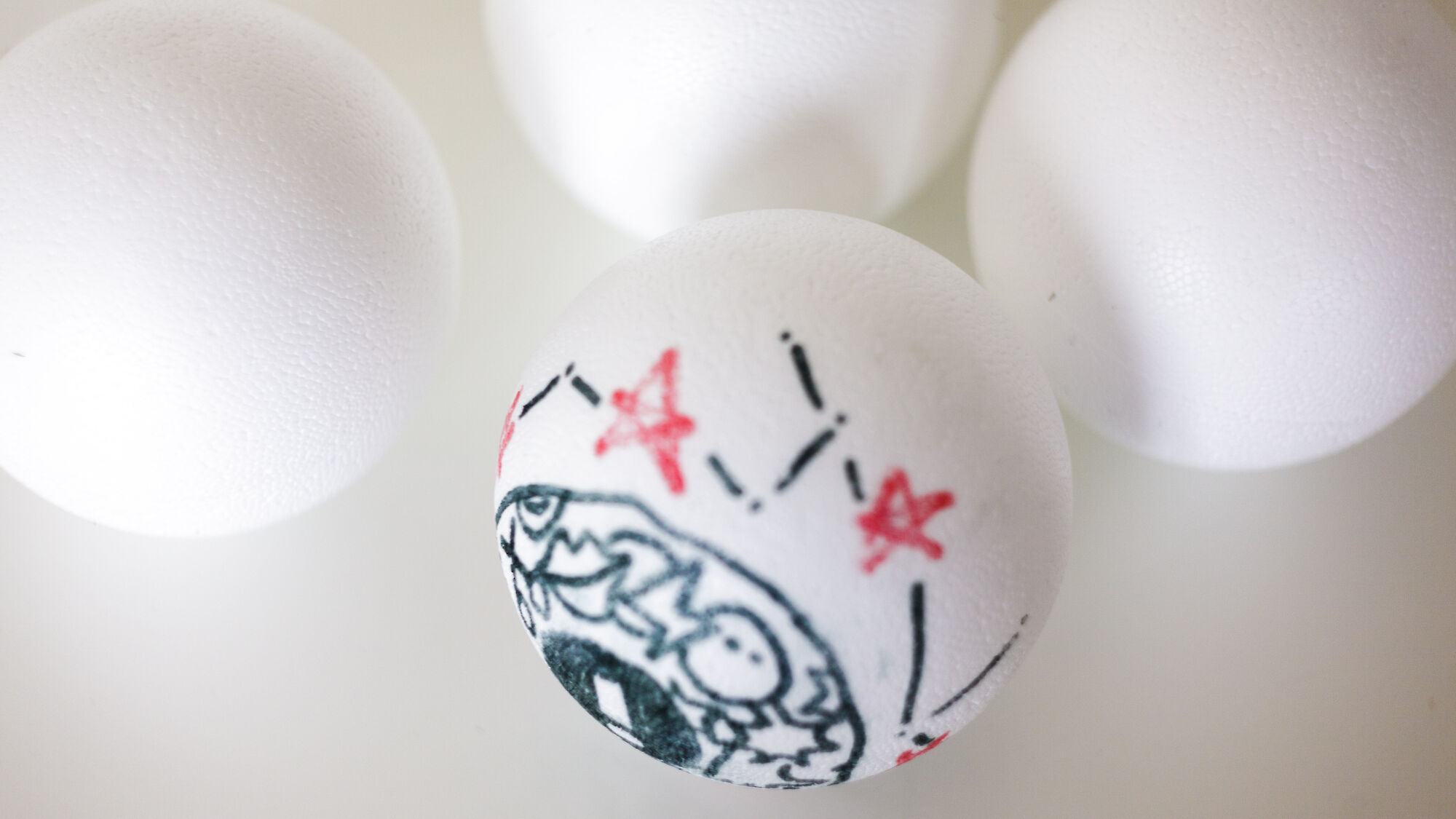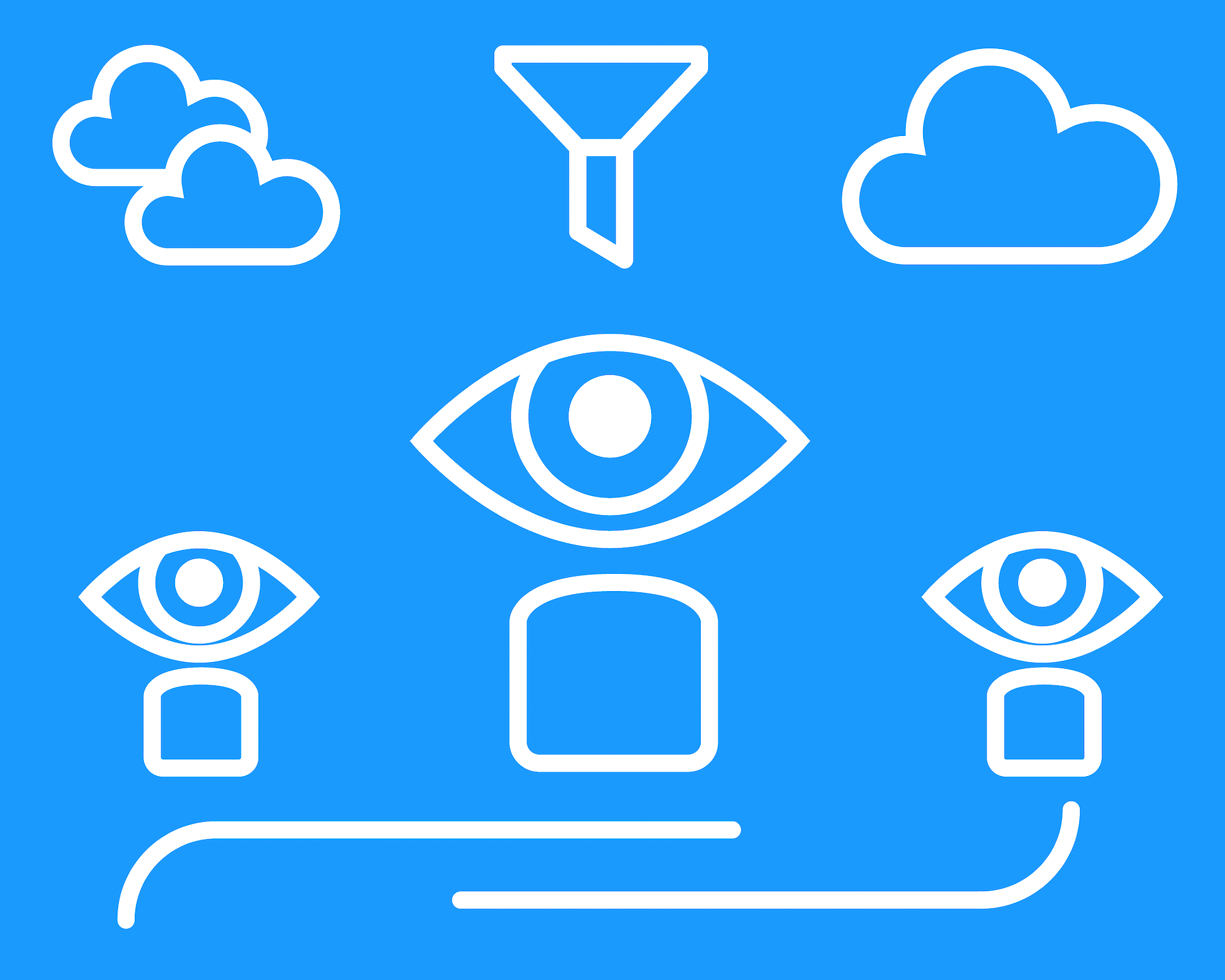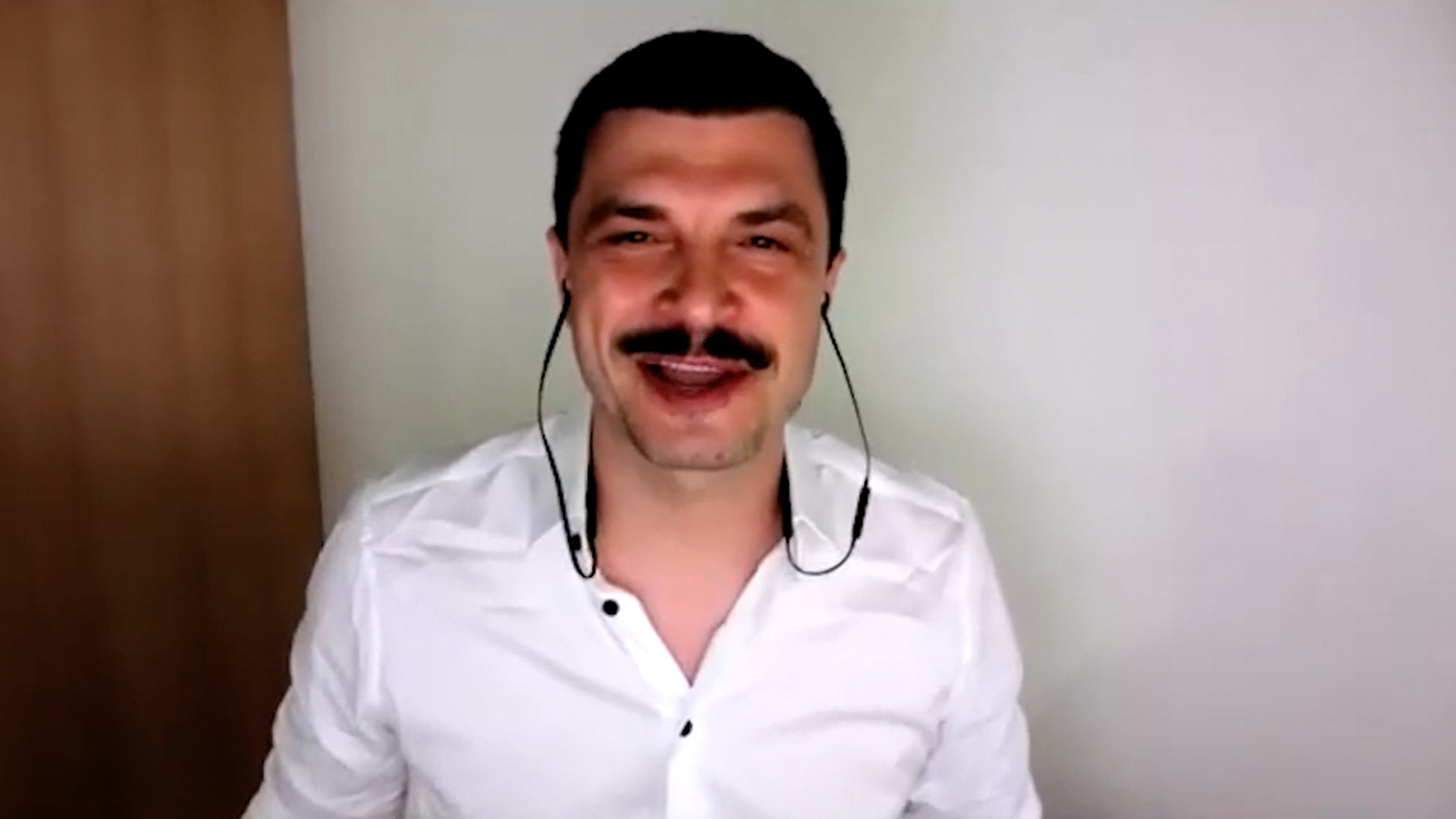Igor, the HR director and Svetlana, the creative director, both working in a big international advertising agency, observed a strange phenomena while interviewing candidates and during annual evaluations with existing employees, all in creative field: the latter ones seemed like they gave up already before even starting. The withdrawal scale varied, but was always present. Igor and Svetlana joined their efforts to address the issue.
During a discussion we came to the conclusion, that the corporate «no risk» cultures and frameworks might be the main source of the problem, as it tends to drive similarization, simplification, over-explaining, blandness, and those internal politics games.
So the two decided to apply the «Eye on I» method, both in hiring and in evaluation process as their first step towards making creation great again — starting by reinforcing the employees self-identities.
How might we make creation great again?
Many of young creatives tend to blend in rather than to stand out: the competition is high, a lot of talents graduating every year, so the safest choice is to «fit» into the imagined requirements. Companies, from the other hand, strive to hire very skilled professionals but due to the lack of organisation development, those talents are often forced to lose their uniqueness and become just like everyone.
This creates a major problem for creative leaders and for HR departments, as the expectations and objectives rise every year while talents can’t deliver much in such environments.
Igor and Svetlana tried to talk or motivate creative employees to strive for more. No success. So they looked deeper and realized the whole mindset and culture needs to change, and they need to start with something simple but scalable.
Svetlana used «Eye on I» method with employees.
Her whole team and herself spent 10 minutes writing all possible characteristics about themselves coming up in mind, from funny and absurd to serious and cliche. Then they randomly redistributed the papers, and the question «But who ISN’T?» filtered out all the cliches like «reliable», «flexible» and «efficient». They redistributed the papers again, applied «Get weird», crossing out all the «responsible», «open», «easy». On the last round, they filtered the remaining by «Your thinking», removing all the «punctual», «35yo» and «love music».
When all the participants got their papers back, they got the most of their characteristics crossed out. But the remaining ones were like «resolute», »determined», «sketching with lipstick» and «surrealist».
Everyone creatively reproduced their 3 most unique characteristics as an eye on a ball with markers: pupil, iris and the white area. Svetlana told them to keep these eyes at their tables, as a constant reminder of how creative they are and what makes them unique. Svetlana is going to use it as a communication device during the next evaluations session.
Igor used «Eye on I» method with candidates.
Before the interviews, he gave them the same task: to write down all possible characteristics about themselves, and then to filter them out with the three questions, by themselves. He asked to creatively reflect their unique characteristics as an eye at home and to bring it to the interview. He discussed the results during the interviews, and used the eye as a communication device to discuss professional qualities of candidates. The chosen ones were asked to keep the eye at their tables as a constant reminder of what they bring in the agency, and for the further use with Svetlana.
Ergebnisse
- both employees and candidates felt more free expressing themselves while talking about themselves
- the method creates a connection between the users and the moderator
- pride for being who you are appears
Reflexion
- different results in in-person application and «homework» due to the lack of personal connection
- random and anonymous filtering drives honesty and openness
- the first question is the most challenging one up to the level of intimidating.





